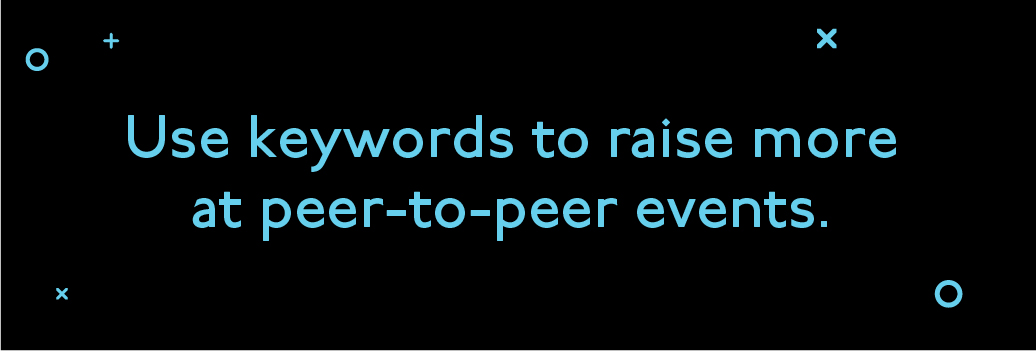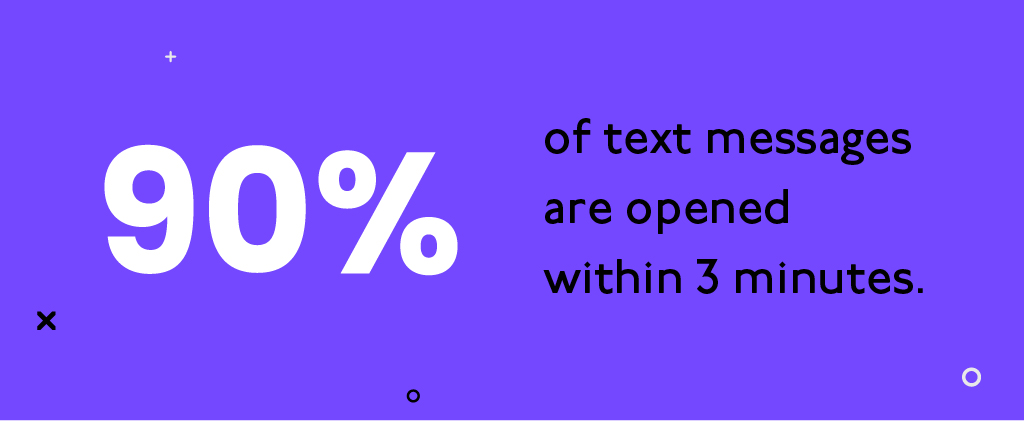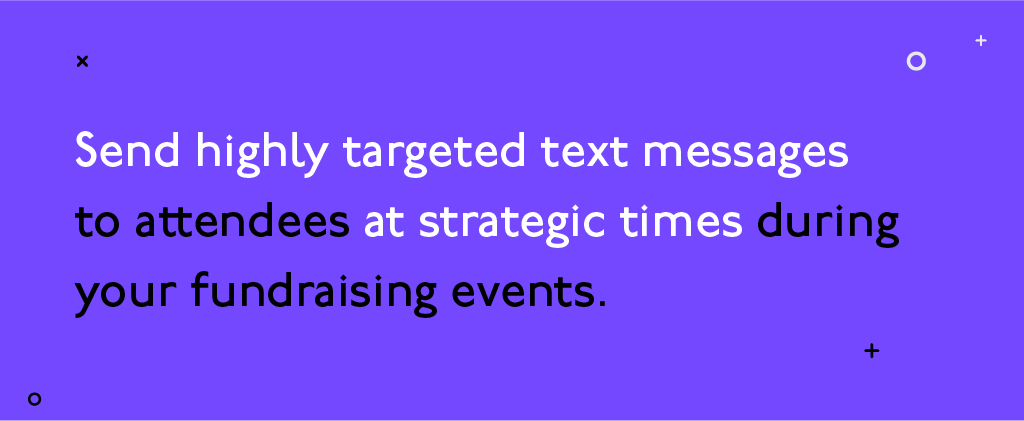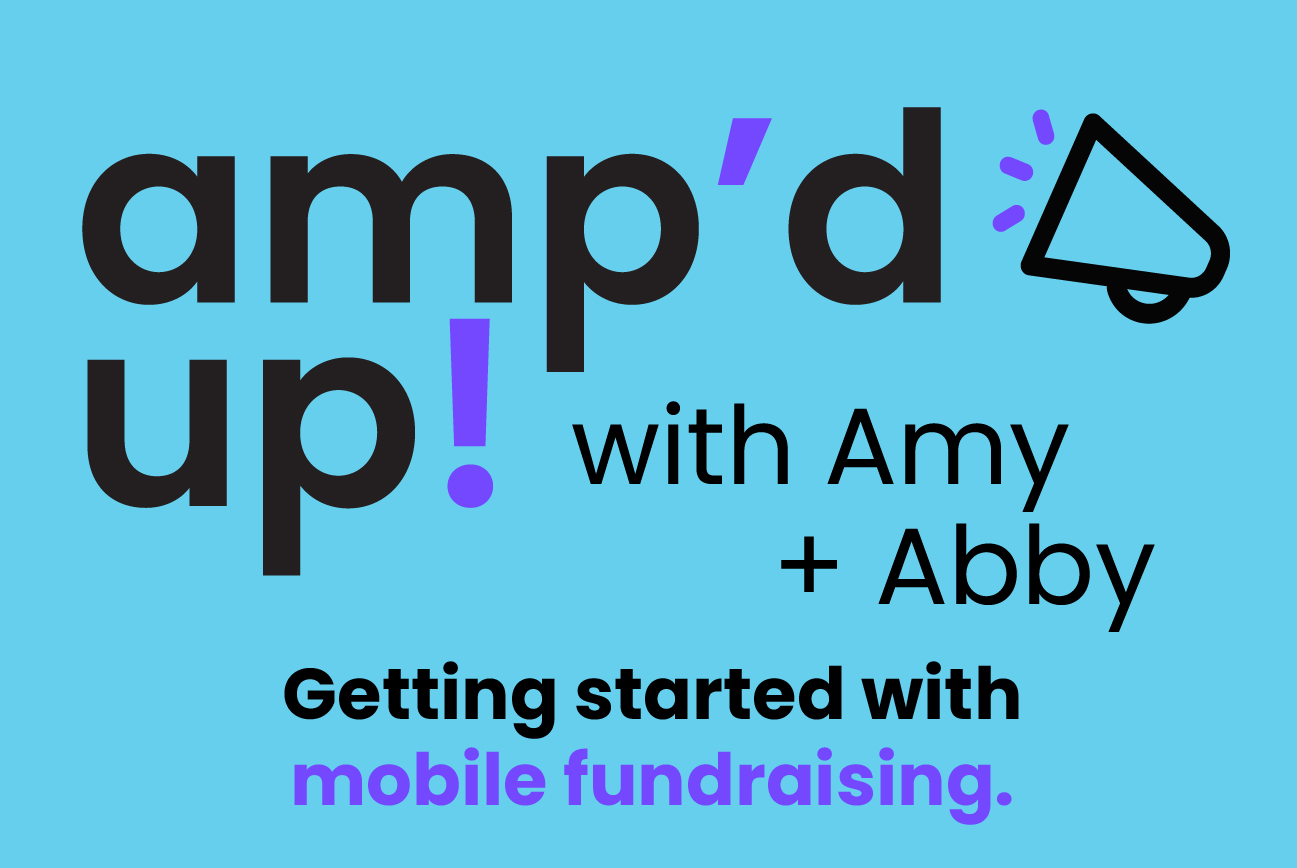Did you miss our latest webinar with Amy Boroff and Abby Jarvis, Qgiv’s Nonprofit Education Manager?
On Wednesday, April 28, Amy and Abby discussed the basics of mobile giving, text-to-give, and peer-to-peer fundraising, with a focus on what you need to know to get started with a mobile fundraising program.
Watch this recording to see what you missed, and check out the follow-up guest blog, “4 Out-of-the-Box Mobile Giving Strategies” by Abby below!
4 Out-of-the-Box Mobile Giving Strategies
Guest blog by Abby Jarvis, Qgiv
We all know taking text donations is a great engagement tool, especially for fundraising events and when you’re working with younger donors. They’re a fantastic way to ask for one-time donations and they’ve been used that way for the better part of a decade now.
But there are so many other ways you can use mobile giving tools to connect with your donors! Here are four of our favorite ways to use text messages and other mobile tools.

1. Build text donations into your mobile giving strategy.
Did you know that donors can set up recurring gifts by text message? They can! This is a great engagement tool for nonprofits, especially if you’re trying to connect with younger donors.
Younger donors generally prefer to make smaller recurring gifts rather than one large gift. Plus, many of them prefer to donate on their phones! (Psst: wanna know more about how different generations prefer to support your nonprofit? Check out our Generational Giving Report for data, strategies, and handy engagement checklists.)
If you want to give your donors the option of supporting you this way, you have two options. Both options have similar names, so we want to describe each option carefully. If you’re interested in learning about both options, this article on text fundraising breaks down the important details!
Text-to-give or Text-to-donate?
The first option is called “text-to-give” or “bill-to-carrier,” and it’s very similar to the text giving style that’s used by organizations like the Red Cross. When you give to the Red Cross by text, you usually text the keyword they choose (ex: “RedCross”) to a number. Your donation is automatically added to your phone bill, and the phone company sends the charity its donation.
Donors can use this method to make recurring gifts, too! They simply text your keyword to your number, that amount is added to their phone bill, and you get paid later.
This is easy for donors, but it’s the more complicated (and more expensive) option for nonprofits. You’ll need to be approved by the Mobile Giving Foundation and create an account with them.
There are some up-front costs associated with this method: there’s an application fee ($350) and annual fees for each keywork you choose. Once your account has been approved, you can set up keywords for specific recurring amounts. You can set a keyword for a certain amount ($5, $10, $25, or $50) that will be added to each donor’s phone bill every month.
The second option is called “text-to-donate.” It involves a couple extra steps for donors, but it’s much more accessible to nonprofits and is much less expensive to set up.
In this instance, donors text your keyword and immediately receive a link to a simplified donation form. They enter their payment information, hit the donate button, and get a text message thanking them for their gift. The thank you text also links to their receipt.
Since this method doesn’t require a relationship with the Mobile Giving Foundation, the cost to get started is much lower. It’s also more versatile! One cool thing about this method is that you can customize the default settings for the gift your donors initiate when they send that text. When they land on your donation form, their billing frequency is pre-selected—they can adjust it if they wish, or they can process their gift right away.

2. Use text messaging to raise more money at your peer-to-peer event.
You may know that text fundraising is a great option for in-person events. But did you know it’s an outstanding tool for peer-to-peer events, too?
When you’re setting up your peer-to-peer event, try setting up a donation keyword for your event. Then, if your peer-to-peer platform supports it, let your individual participants or teams of participants add suffixes to the keyword that will let them track the money they raise. Here’s an example:
The event keyword is Lakeland2021. As a participant, I can add my own suffix to the keyword: say I choose “Abby.” I can then ask people to donate by texting Lakeland2021-Abby. All the donations I earn are automatically counted toward my personal fundraising total! Alternatively, I could create a suffix for my team and ask people to donate to Lakeland2021-JarvisFamily so donations would be credited to my team.
It’s fun and it works! Here’s my personal success story: I was participating in a peer-to-peer event and was hosting a happy hour to raise money. A few people didn’t have credit cards with them but wanted to donate anyway.
My event already had a text keyword, so I hopped onto my computer and created a special keyword just for my team. It took less than 5 minutes to set up a participant keyword, and most of our donations that night came by text. It’s a great tool!
Want to be sure you make the most of your outbound texts? You might like our text message templates!

3. Use mobile giving tools to support urgent appeals.
Text messaging is one of the most powerful communication tools we have at our disposal. The open rate for text messages is 90% in the first 3 minutes, and that jumps up to 95% if you wait 5 minutes! It’s a very personal, powerful tool, which means it needs to be used sparingly and only when it is called for. That being said, it’s an outstanding option for fundraisers who need to raise money to meet an urgent need.
If you’re going to send an appeal by text message, there needs to be some sense of urgency to it. Great opportunities to use this tool include:
- During time-sensitive events like Giving Tuesday or other giving days
- During natural disasters or other emergencies
- During fundraising events (especially effective if combined with an in-person appeal during the event itself)
Outbound text messages are also a powerful way to ask for volunteers, ask for community action (ex: calling a senator, organizing vigils, etc.), or even encouraging event registration for a big event. Just make sure that no matter what you’re asking text recipients to do, you’re using text messages sparingly and in a way that will make a big impact.
The one tricky part of sending outbound text messages is getting together a group of donors, volunteers, and other advocates who want to hear from you. Read more about growing that list in this article over here.

4. Boost engagement and raise more money at fundraising events.
If you’re a fundraiser, you’ve probably experienced the anxiety of being at a function—a silent auction, a gala, or something else—and waiting for your guests to get excited about supporting you. Maybe you want more bids on auction items, maybe you’re not seeing people reach for their wallets or checks during a heartfelt appeal, or maybe you just wish people were a little more… animated.
Enter outbound texts.
Hopefully, you’ve asked your event registrants to opt into receiving important text message updates about your event. During the event itself, send very targeted text messages to those people to encourage them to get involved and support your nonprofit. Some great opportunities for text messages include:
- When new silent auction items are available for bidding
- When the next performer or entertainer at your event is about to start their set
- If you want to draw attention to auction items that don’t have any bids yet
- To remind folks to buy tickets for the cool item you’re raffling off
- When you’re about to draw the winning ticket for the big raffle item
- To reiterate an appeal for donations during your keynote speaker’s address
You don’t have to be as careful about sending text messages to people who have specifically opted into getting event updates. They should expect them! That said, don’t spam them with messages—use a handful of them at strategic points throughout the evening. Don’t forget to send a thank-you message at the end of the night!
Conclusion
When text fundraising tools entered the scene, they were mostly used for one-time donations and were costly to set up and use. Now, these mobile fundraising tools are available to organizations of all types and sizes, and there are tons of opportunities to use them to engage your donors and raise more money. Try adding text message options to your recurring gift program, use them during your peer-to-peer events, and build messaging plans that will help you inspire and mobilize your supporters. Get creative!
About Abby Jarvis:
Abby Jarvis is the Nonprofit Education Manager at Qgiv, a company that’s dedicated to building powerful fundraising tools that empower nonprofits to thrive and grow. In her 8 years at Qgiv, Abby’s become passionate about understanding industry best practices, learning how they can help nonprofits be more effective, and sharing that information with other fundraisers.








